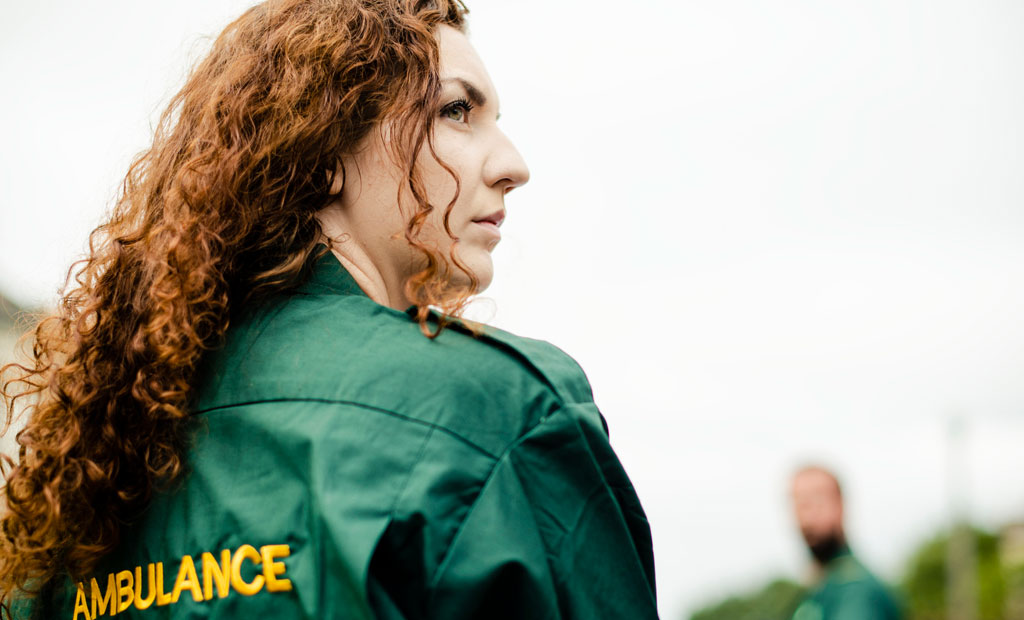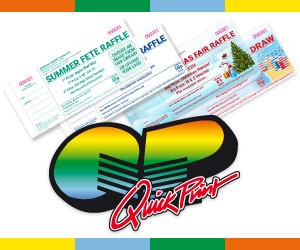What are the most important things about first aid for community event organisers to consider?
All events, regardless of size, should have some form of first aid provision in place for the duration. Even the most carefully planned events can see casualties, but with a thorough risk assessment and careful attention to health and safety, most injuries can be avoided.
Include first aid coverage for your event in the initial plan. Do not skip important details, such as where you will locate the first aiders and where the organisers can obtain further advice.
What injuries and issues occur most frequently?
Common injuries include cuts and grazes, strains and sprains, and bruises. More severe problems can include allergic reactions and cardiac arrest. In the summer, issues arising from sun exposure, eg, dehydration and heat stroke, are more likely. If you are using a barbecue, it’s important to be aware of burns. Take into account any pre-existing medical illnesses, particularly if you are running an event with small children, or elderly or vulnerable people. The aim of first aid at events is to minimise the impact on the NHS. As far as possible, treat and discharge casualties at the event.
What are the legal requirements for first aid at events?
In the UK, first aid legal requirements fall under the Health and Safety (First-Aid) Regulations 1981 and apply to all employers, covering employees and volunteers. As it stands, there are no specific legal requirements for event attendees. However, this may change following the Manchester Arena Inquiry (2023) recommendations and the introduction of Martyn’s Law. First aid will likely become a legal requirement for all events and be regulated by the Care Quality Commission. Providing sufficient first aid provision has moral, legal and financial benefits. If you’re found to have not followed the right guidance, your lack of provision could be called into question and you could be liable to prosecution or civil court cases.
Ultimately, event organisers are responsible for providing effective first aid cover for their events.
How many first aiders do we need at an event?
The Purple Guide, published by the Events Industry Forum, suggests different levels of first aiders for events. Most small community events are considered low risk. If you anticipate an attendance of fewer than 500 people, we recommend at least two qualified first aiders. Events with more than 500 and up to 2,000 attendees should have four trained first aiders and the consideration of a qualified healthcare professional. Any event with more than 2,000 attendees requires much more planning and consideration. If you consider that the average size of a secondary school in the UK is about 950 pupils, those PTAs will already be planning cover well into the upper bracket of the mid-size event category. Even events at large primary schools frequently attract more than 500 visitors.
What facilities and equipment should we have?
All events require somewhere clean, well lit, warm (cool and shaded if the weather is hot), dry and private to treat patients. For smaller events, this could be a small room or a gazebo with sides; chairs, a table and a supply of ice are useful, too. The location should be easily accessible and clearly identifiable. It should also be accessible for a vehicle in case of emergency.
As a minimum for a small community event, you need two complete first aid kits and a defibrillator. Everyone should know where this device is located during the event.
Note that neither workplace nor home first aid kits are considered adequate for event medical cover.
- Licensing guide: All you need to know
- FAQs on the Temporary Event Notice (TEN)
- Cater safely at events
What are the requirements for ambulance access at events?
In your planning process, you should consider how an emergency vehicle would access and move across the site and ensure the vehicle route and dedicated first aid location is within easy reach.
What services can St John Ambulance offer event organisers?
Many event organisers choose to outsource their first aid cover to someone like us. We provide skilled individuals who are well equipped and can bring a defibrillator with them. St John Ambulance is the nation’s leading first aid provider and has many years of experience at all types of events. We have a dedicated team of customer service advisors and event coordinators who can assess your event and give helpful advice and guidance for medical cover. We can guide you through the planning stage and ensure you have considered everything in your assessment.
How does St John Ambulance charge for attending events?
St John Ambulance has a rate card for community events that we use as the starting point for quoting for medical cover. As a charity, we have other options available such as our Community Pot, through which we can offer reduced rates for the smallest community events with fewer than 500 attendees.
Which first aid courses would you recommend for PTA members running events?
Any first aid courses PTAs choose should cover both adults and children. St John Ambulance Courses with practical elements and some assessment include:
Essential First Aid (All Ages) with Defibrillator Demo; Schools’ First Aid; and Emergency First Aid at Work.
How does first aid overlap with safeguarding?
Safeguarding is a priority and must be considered as part of the planning process and risk assessment. Some considerations are who are first aid providers, whether chaperones are needed during treatment, and whether non-school staff medics have permission to treat under-18s.
Sue Hampshire is associate medical director and Mel Greenstock is events operations manager at St John Ambulance.
The above is intended as guidance only. We recommend that you contact the relevant organisations with specific reference to insurance, legal, health and safety and child protection requirements. Community Inspired Ltd cannot be held responsible for any decisions or actions taken by a PTA, based on the guidance provided.





.gif)





